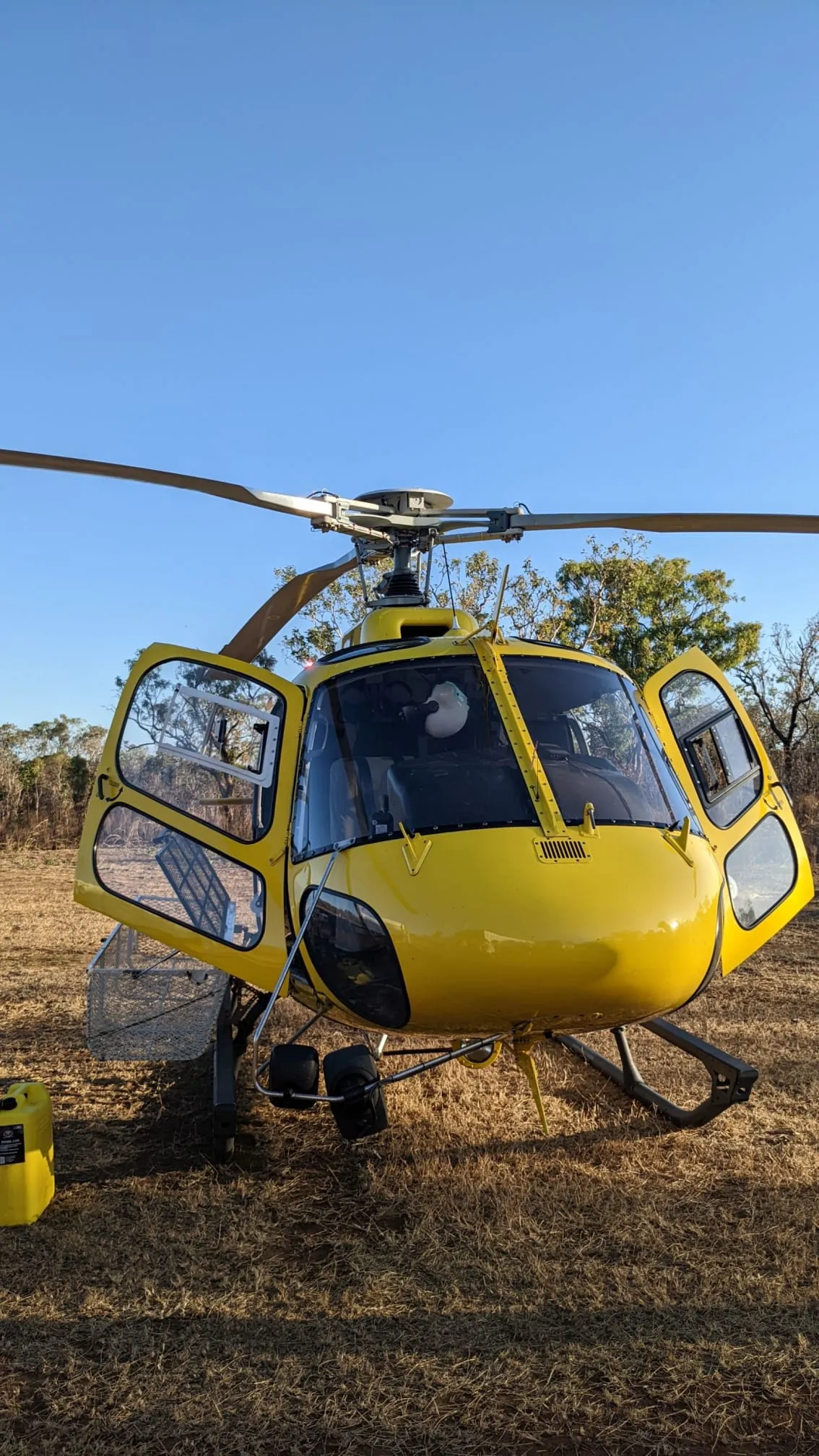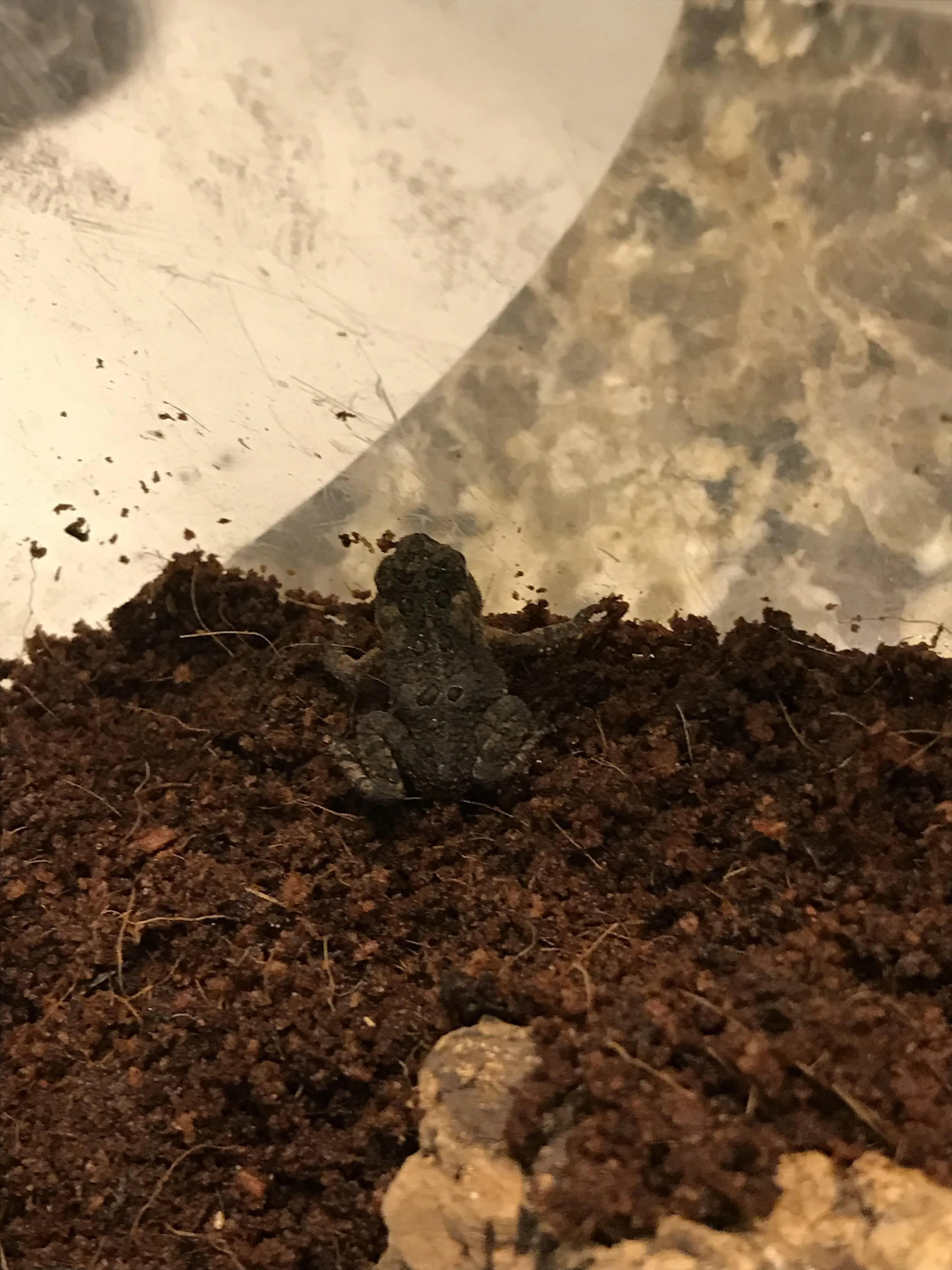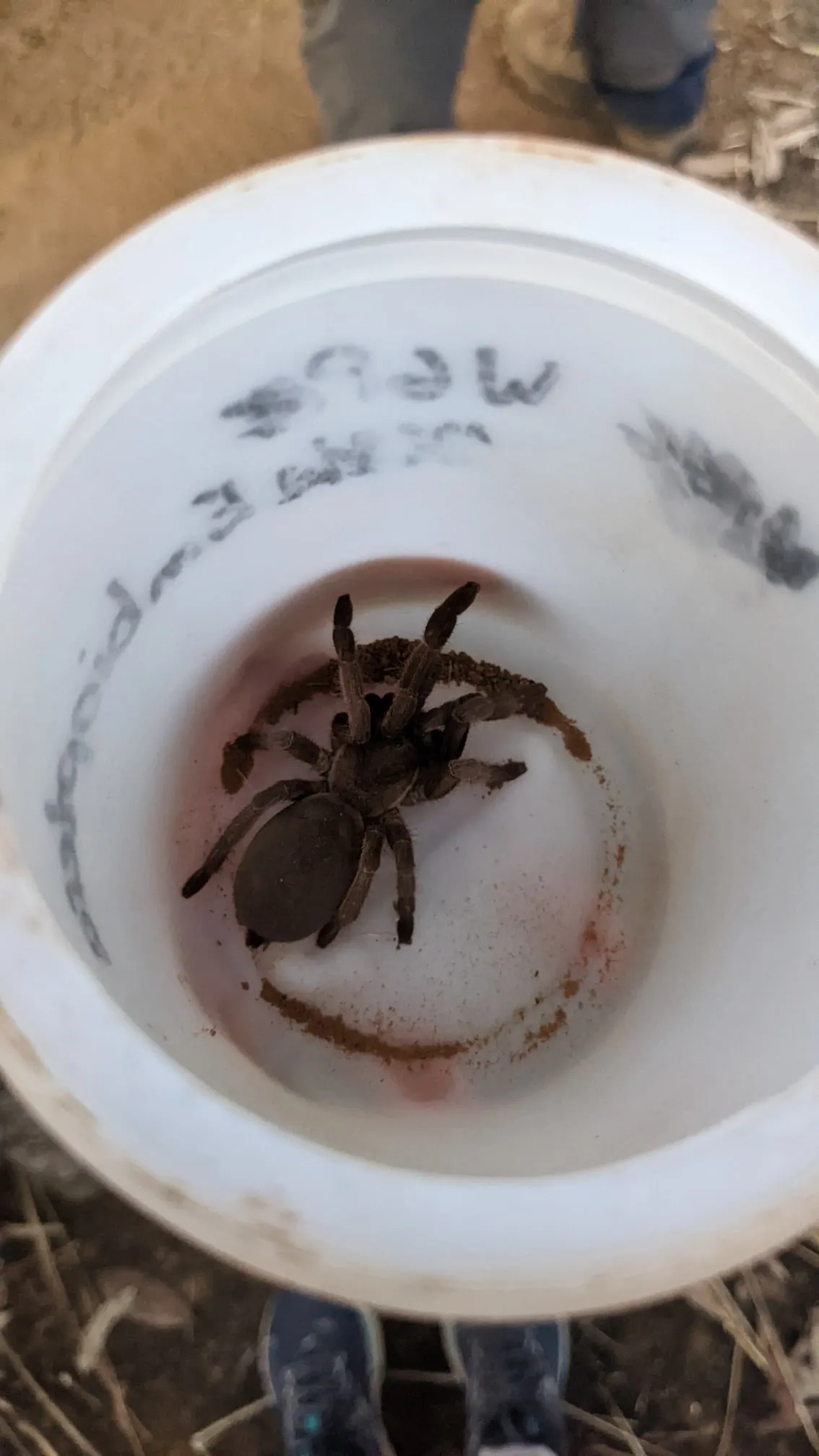Catching Tarantulas How to Safely & Easily
The allure of tarantulas, with their impressive size and intriguing behaviors, has captivated many, making catching them a topic of both interest and responsibility. However, approaching these fascinating creatures requires a blend of knowledge, respect, and caution. This guide aims to provide a comprehensive overview of how to catch tarantulas safely and easily, ensuring the well-being of both the handler and the arachnid. Whether you’re a seasoned enthusiast or a curious beginner, understanding the nuances of tarantula behavior, the necessary equipment, and the ethical considerations is paramount. The goal is to promote a safe and informed approach to tarantula encounters, fostering a deeper appreciation for these incredible animals.
Understanding Tarantula Behavior
Before attempting to catch a tarantula, it’s crucial to understand their behavior. These creatures are generally not aggressive, but they are defensive. They are more likely to flee than to attack, but if threatened, they can exhibit defensive behaviors such as rearing up, flicking urticating hairs (tiny, irritating hairs), or even biting. Knowing their habits and understanding their environment is key. Tarantulas are nocturnal hunters, often most active at night or during the cooler parts of the day. Their behavior varies depending on species, age, and environment. Some species are more docile than others, and some prefer to burrow, while others are terrestrial or arboreal. Observing the tarantula in its natural habitat can provide valuable insights into its temperament and potential reactions.
Tarantula Habitats and Characteristics

Tarantulas inhabit a wide range of environments, from deserts and grasslands to rainforests. The specific habitat will influence their behavior and appearance. Terrestrial tarantulas typically live in burrows or under rocks and logs, while arboreal species reside in trees. They have a lifespan ranging from several years to over two decades, with females generally living longer than males. They possess eight legs, two pedipalps used for sensing and manipulating prey, and two chelicerae which contain fangs used for injecting venom. Their size varies dramatically, with some species reaching up to a foot in leg span. The study of their habitat is crucial to understanding how to approach them, so be mindful of where they typically like to hide.
Identifying Signs of Tarantula Activity
Identifying the signs of tarantula activity is vital for successful and safe catching. Look for burrows, webs, or molted exoskeletons. These are clear indicators that a tarantula is present. In the evening, search for them actively foraging or near their burrows. Be mindful of the terrain. Rocky areas, leaf litter, and dense vegetation are common hiding spots. Always observe from a safe distance first. If you spot a tarantula, note its behavior and surrounding environment. Assessing the situation before acting is the most important step. Observe the animal’s reactions and ensure there are no immediate threats or hazards, like predators or extreme weather conditions. Proper planning can help ensure a safe and responsible encounter.
Essential Equipment for Catching Tarantulas
To catch a tarantula safely and effectively, having the right equipment is crucial. This equipment not only facilitates the capture but also protects both the handler and the tarantula. Using proper tools will minimize the risk of injury to the tarantula, as well as the handler. Before starting, assemble everything, ensuring it’s clean and in good working order. Preparing in advance can make the process smoother. This preparation can contribute to a safe and controlled experience.
Catching Tools and Their Uses

Essential tools include a long-handled net or a wide-mouthed container with a lid. A net is useful for gently corralling a tarantula, while a container is suitable for capturing it. Use tongs or a similar tool to carefully move the tarantula into the container. The container must be large enough to comfortably house the tarantula and securely lock, preventing escape. A soft brush can be used to gently guide the tarantula into the desired location. Also, bring a clear viewing container that you can use to move the tarantula into safely without harming the animal. Avoid using your bare hands unless you are very experienced and comfortable with the species. Consider the animal’s size and potential temperament when selecting your tools.
Safety Gear to Protect Yourself
Personal protective equipment (PPE) is essential. Wear thick gloves to protect against bites and urticating hairs. Long sleeves and pants will reduce the risk of skin irritation. Eye protection is crucial; safety glasses or goggles can prevent urticating hairs from entering your eyes. A mask or respirator can also be beneficial, especially when dealing with species known for their defensive hairs. Be sure all protective gear fits properly and does not restrict movement. Be prepared for unexpected situations. Having a first-aid kit on hand is also advisable, as is knowing the contact information of a medical professional or poison control center. Remember, your safety is the highest priority, so always consider your risk tolerance.
Step-by-Step Guide to Catching Tarantulas
Following a methodical approach is crucial for a successful and safe capture. This detailed step-by-step guide ensures that the process is managed effectively and minimizes potential risks. Proper planning and execution are key to ensuring the welfare of both the tarantula and the handler. Be patient and avoid rushing. Each step should be executed carefully, and all actions should be performed with respect for the animal’s safety. Always prioritize the tarantula’s well-being.
Approaching and Observing the Tarantula

Approach the tarantula slowly and deliberately. Maintain a safe distance initially to assess its behavior. Observe its posture, any defensive displays, and surrounding environment. If the tarantula is calm, you can proceed with caution. If it seems agitated, retreat and reassess the situation later. Never make sudden movements or loud noises, as this can startle the animal. Use the environment to your advantage, utilizing natural cover to approach the tarantula. This cautious approach ensures that you do not pose a threat to the tarantula and gives it time to adjust to your presence. This first step ensures that the capture process starts calmly, minimizing stress for both the tarantula and the handler.
Techniques for Gently Capturing the Tarantula
Once you’ve assessed the situation and the tarantula is calm, use your chosen capture method. Gently herd the tarantula into the net or towards the opening of the container. Use the net or brush to guide its movements carefully, avoiding any sudden motions. If using a container, carefully place it over the tarantula, making sure it does not feel trapped. Once inside the container, secure the lid promptly. Be patient, tarantulas do not enjoy being forced or rushed. Avoid direct physical contact whenever possible. It’s crucial to minimize stress on the tarantula. Remember that speed and finesse are essential during this process, making sure that the animal’s safety is kept as a priority.
Securing and Transporting the Tarantula
Once the tarantula is secured in the container, ensure the lid is tightly closed to prevent escape. Carefully transport the container to your chosen location. Handle the container gently to avoid sudden movements that could agitate the tarantula. Keep the container away from direct sunlight and extreme temperatures during transport. Provide ventilation by creating small air holes in the lid if necessary. During transportation, keep the journey as brief as possible. Avoid shaking or dropping the container. The goal is to minimize stress and maintain a safe environment. If you are transporting the tarantula to a new home, be ready to provide the tarantula’s new enclosure with appropriate conditions.
Post-Catching Care and Considerations

After successfully capturing a tarantula, proper care is essential for its well-being. Providing a suitable environment and adhering to appropriate feeding and hydration guidelines will help the tarantula thrive. Responsible tarantula ownership includes creating conditions that allow the tarantula to live a healthy and stress-free life. Ensure the tarantula is comfortable in its new habitat. These are critical factors for long-term well-being.
Providing a Suitable Enclosure
Choose an appropriately sized enclosure. The enclosure should be larger than the tarantula, allowing room to move and explore. Provide a substrate appropriate for the species, such as coconut fiber, peat moss, or a blend. Include hiding places like cork bark or artificial plants. Maintain the correct temperature and humidity levels for the species. Ensure the enclosure is escape-proof with a secure lid. Provide a water dish with fresh water available at all times. The ideal enclosure replicates the tarantula’s natural habitat and provides security and comfort. Researching the tarantula’s needs will help ensure that it is happy and healthy in its new enclosure. The environment is key to the tarantula’s health and well-being.
Feeding and Hydration Guidelines
Feed the tarantula a diet appropriate for its size and species. Crickets, mealworms, and roaches are common food items. Offer food regularly, but remove uneaten prey after 24 hours. Provide a shallow water dish with fresh water at all times. Monitor the tarantula’s feeding habits. Adjust the diet and feeding schedule based on its growth stage and appetite. Overfeeding can lead to health problems, so follow feeding guidelines. Monitor the tarantula’s water levels. Maintain a healthy balance of food and water.
Health and Safety Precautions

Handling tarantulas involves certain health and safety considerations. Knowing how to mitigate risks ensures a safe experience for both the handler and the animal. Always prioritize safety and responsible handling practices. This step is essential for anyone who wishes to catch tarantulas.
Avoiding Bites and Venom Exposure
Minimize the risk of bites by avoiding direct handling whenever possible. Always use tools like tongs or containers to move the tarantula. If a bite occurs, remain calm and seek medical attention if you experience severe symptoms. Venom potency varies by species, but all bites should be taken seriously. Wash the affected area thoroughly with soap and water. Watch for any signs of allergic reaction or systemic symptoms. Be prepared for potential medical needs by identifying your local poison control number. Keep a close eye on the affected area in the days following the bite.
Handling Tarantulas Responsibly
Handle tarantulas with respect and caution. Understand their needs and limitations. Research the species before attempting to catch or handle it. Practice ethical considerations. Avoid unnecessarily stressing the animal. Ensure you have a safe and secure enclosure. Be prepared for molting. Avoid overhandling, allowing the tarantula to acclimate to its new environment. Responsible ownership requires respecting the animal’s natural behaviors and providing a stress-free environment. Providing the right environment will help guarantee the tarantula’s long and healthy life.
